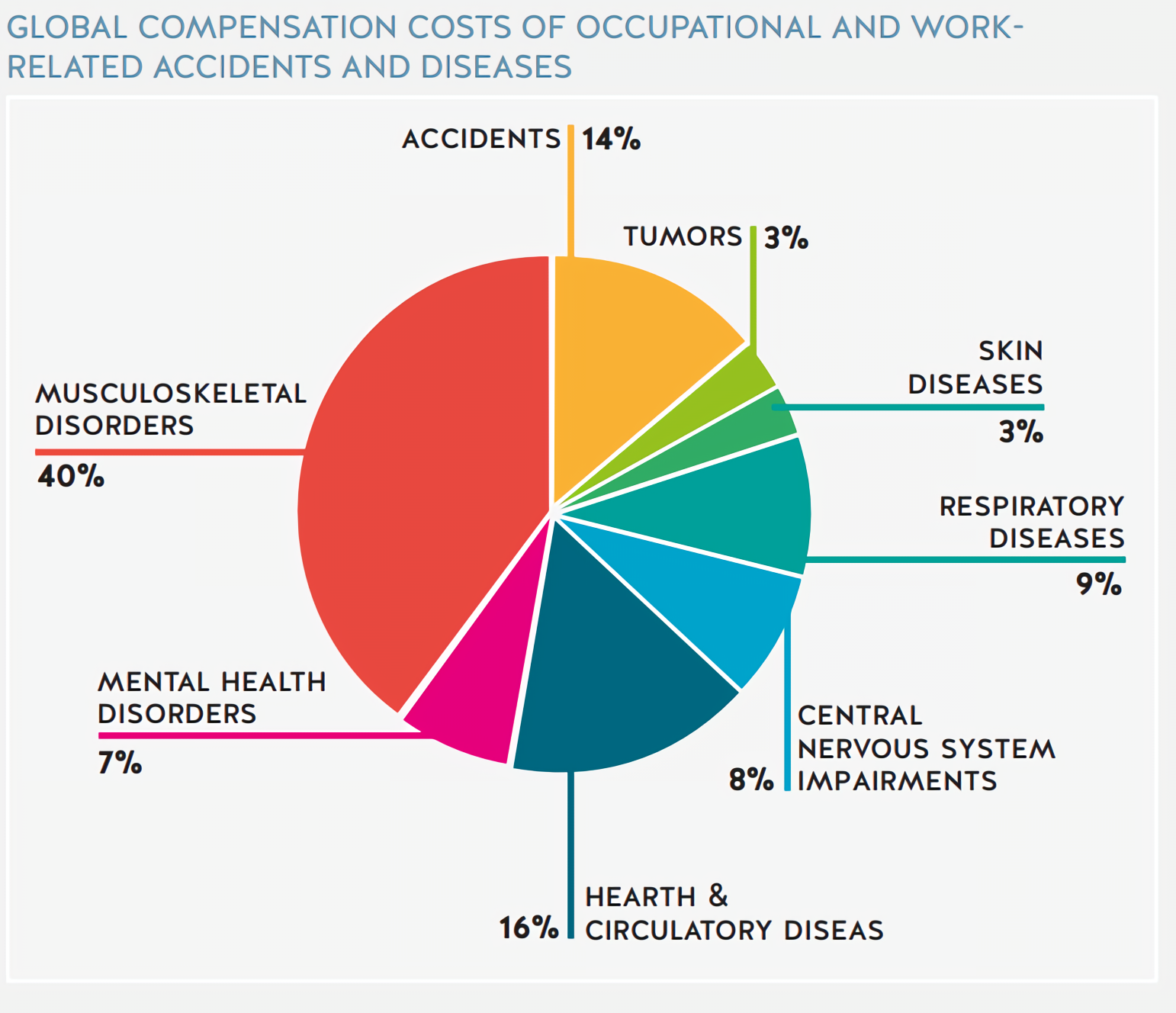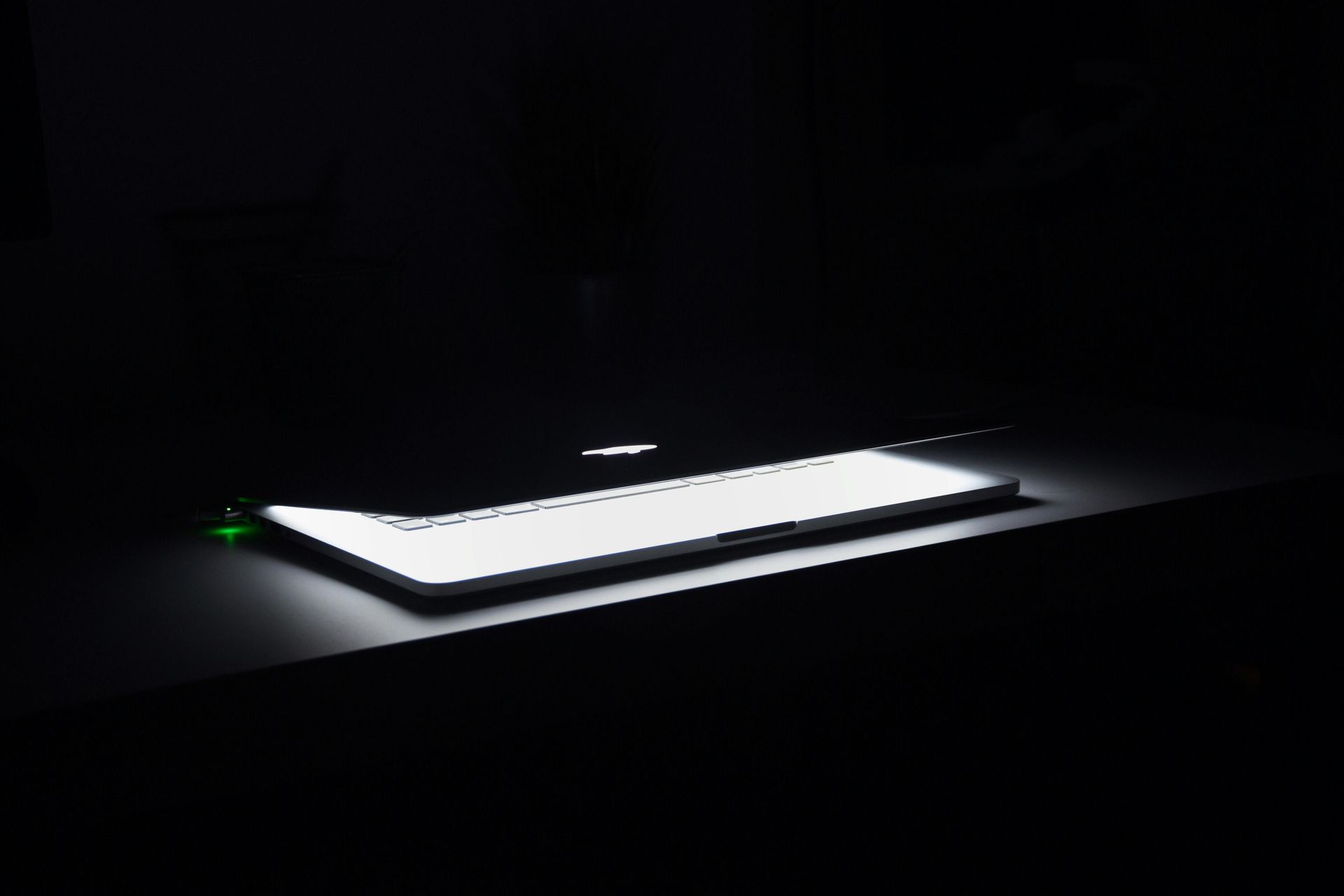Reduce WMSDs
October 12, 2023
At Lotwork, we are committed to promoting workplace well-being and productivity by addressing Work-Related Musculoskeletal Disorders (WMSDs). These disorders not only affect the health and comfort of employees, but also have significant cost implications for employers.
According to the Occupational Safety and Health Administration (OHSA), in 2010, WMSDs have become one of the most prevalent occupational health hazards in the United States. Approximately 2 million American workers suffer from work-related musculoskeletal injuries each year, resulting in around 600,000 lost workdays. Shockingly, 1 out of every 3 dollars spent on workers' compensation in the U.S. is attributed to inadequate ergonomic protections. The direct costs of WMSDs in the United States range from $15 to $20 billion annually, with the total costs reaching $45 to $54 billion.

In 2018, a significant portion of musculoskeletal disorder (MSD) cases in the private sector was attributed to retail trade, manufacturing, and healthcare and social assistance sectors, This collectively accounts for 50 percent of cases. Additionally, the transportation and warehousing industry witnessed a notable incidence rate of 77.1 MSD cases during the same year. Moreover, this industry, alongside the information sector, saw a median period away from work for MSD cases, with durations of 26 and 33 days respectively.
*The average prevalence rate of Work-Related Musculoskeletal Disorders (WMSDs) among manufacturing and warehouse workers in Asia is about 78.1%.


Our Ergonomic Devices are designed to mitigate the risks of WMSDs and provide a solution that reduces the likelihood of workplace injuries. Through lightweight, long-lasting, and customizable features, our devices offer enhanced comfort and efficiency for employees, leading to a more productive and healthier workforce.
Essential Features of an Ergonomic Device:
- Ultralight: An essential feature of our ergonomic devices is their ultralight design. This ensures ease of portability and reduces strain on users during extended usage. With a focus on minimizing physical strain, these devices boast a lightweight build that enables users to effortlessly carry and operate them wherever they go.
- Extended Battery Life: Incorporating extended battery life is crucial in ergonomic devices, as it guarantees uninterrupted usage throughout a user's workday or travel. By offering extended periods of usage on a single charge, these devices enhance productivity and convenience, which allows users to remain engaged without the hassle of frequent recharging.
- Customizable Sizes: Our ergonomic devices prioritize user comfort by offering customizable sizes that accommodate all kinds of individuals. By providing adjustable dimensions, these devices ensure a snug fit for different users, promoting natural hand positioning and reducing the risk of strain or discomfort associated with one-size-fits-all designs.
- Hands-Free Operation: Enabling hands-free operation is a hallmark of ergonomic device design. It facilitates seamless multitasking and reduces the need for constant manual interaction. This feature empowers users to perform tasks efficiently without the limitations of holding or manipulating the device, ultimately enhancing both productivity and comfort.
- Durability and Ruggedness: Our ergonomic devices are built to withstand the rigors of daily use, featuring durability and ruggedness that ensure longevity and performance in various environments. Resistant to impacts, spills, and other potential hazards, these devices are designed to be reliable companions for users, even in demanding conditions.
- User-Friendly: The user-friendliness of ergonomic devices is a fundamental aspect that encompasses intuitive interfaces, straightforward setup, and seamless connectivity. These devices prioritize ease of use, allowing users to quickly adapt to their functionalities without the need for extensive learning curves. This fosters a smooth and efficient user experience.









